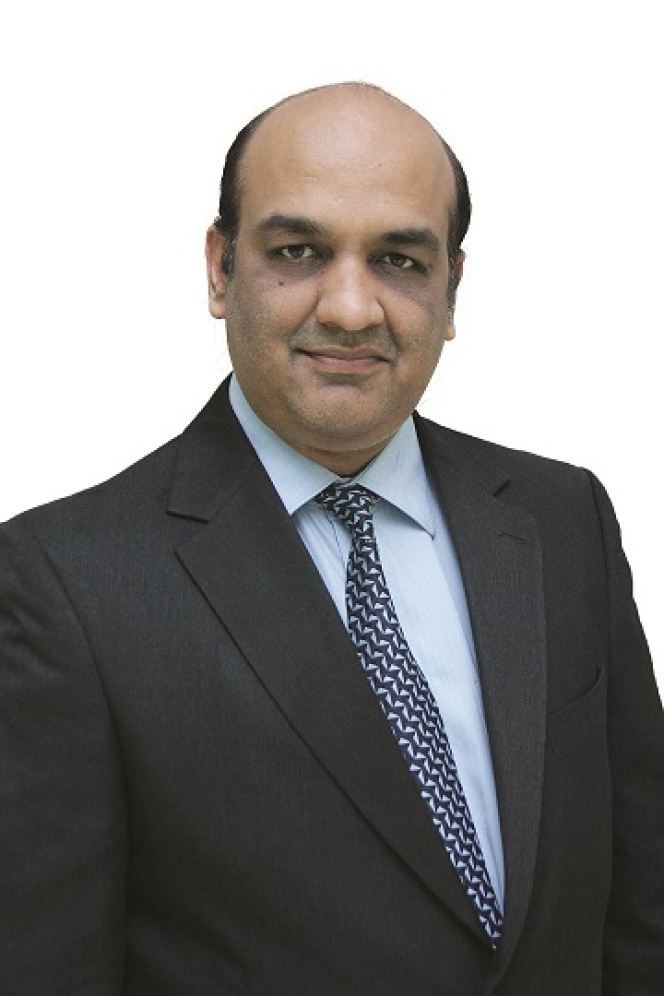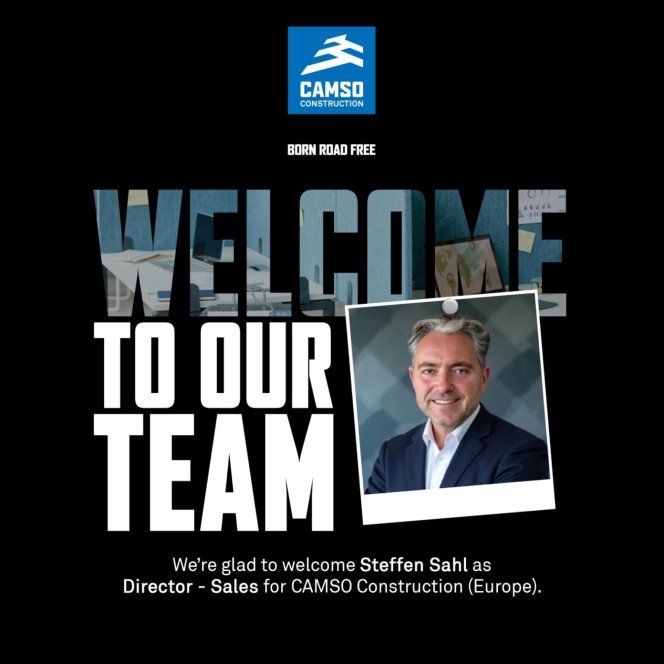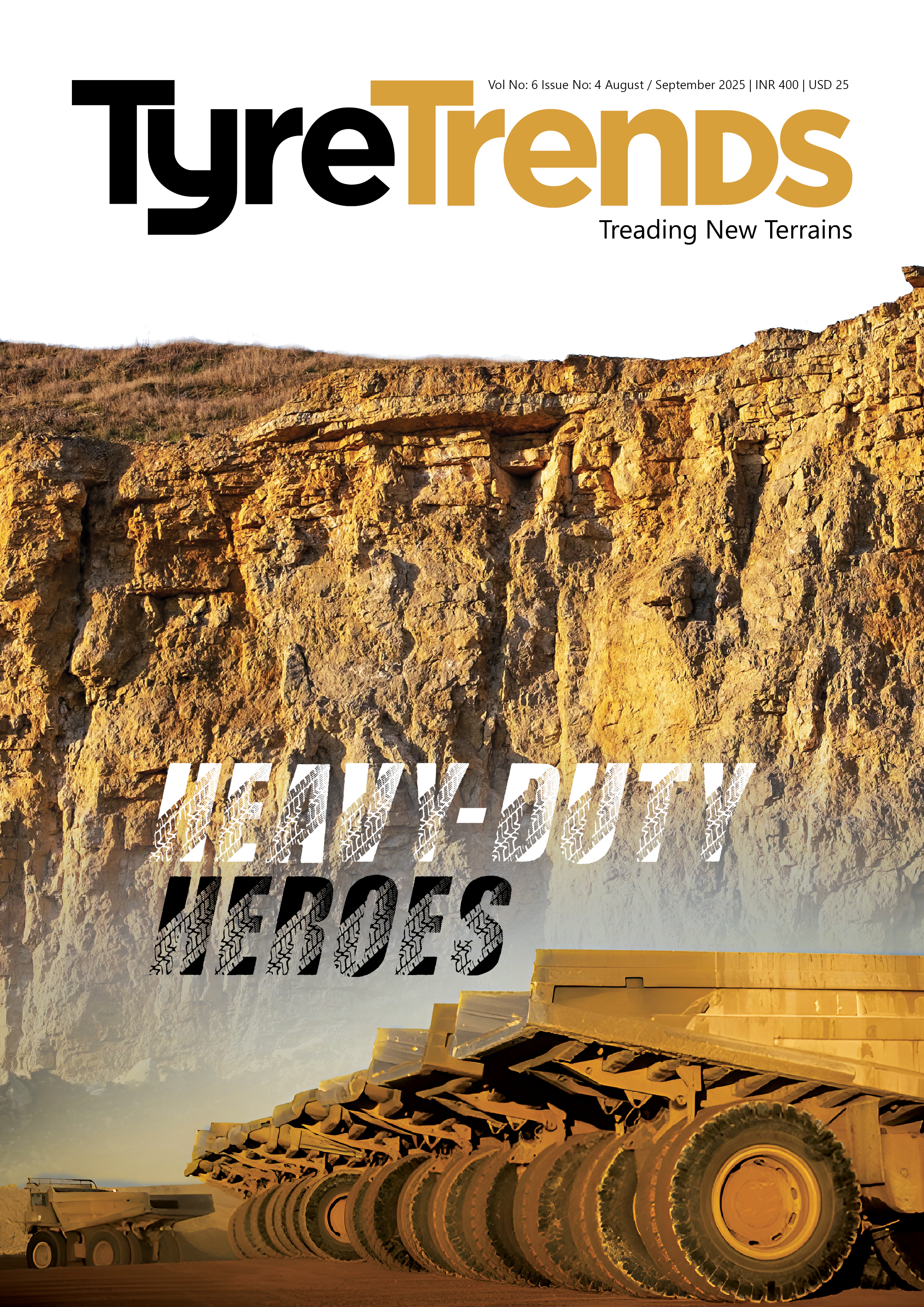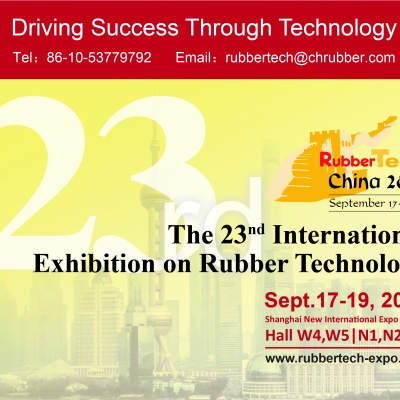Navigate Cost Squeeze And Tepid Demand: CRISIL’s Sethi On What Lies Ahead
- By Sharad Matade
- December 23, 2024

India’s tyre industry is bracing for a tough fiscal year, weighed down by sluggish demand, volatile raw material prices and muted export growth. Revenue is forecast to expand just 7-8 percent – supported by modest price hikes and a marginal rise in volumes – marking a second straight year of single-digit growth. However, operating margins are set to contract sharply as natural rubber prices remain elevated despite recent moderation. In a wide-ranging discussion, Anuj Sethi, Senior Director at CRISIL Ratings, unpacks the factors shaping the sector, from price pressures and replacement demand to global headwinds and evolving trade dynamics.
How would you characterise the current fiscal year for the Indian tyre industry, considering its challenges and opportunities?
With volume expected to grow just by about 3-4 percent due to sluggish demand, overall revenue growth will remain in single digit for the second straight year, this fiscal. On the other hand, high raw material prices, especially of natural rubber, rose sharply over the past 12 months and have only recently begun to moderate. To a moderate extent, tyre manufacturers are increasing tyre prices in the replacement market to offset the impact of higher input prices, albeit operating profitability will still be impacted this fiscal.
The report mentions 7-8 percent revenue growth this fiscal year, supported by a 3-4 percent increase in realisations and volume. What specific factors could push growth beyond this forecast, and what risks might undercut it?
While realisation growth due to price hikes being undertaken by tyre manufacturers is a certain given sharp increase in natural rubber prices, higher than projected volume growth could take the growth higher than expected. With about 2/3rd of the domestic demand
coming from replacement segment, and it being the primary volume driver, any significant decline in that demand can impact the growth forecast other way.
Given that replacement demand is the primary volume driver, how do you assess the longevity of this demand surge in the context of evolving consumer preferences and vehicle usage patterns?
The replacement demand is expected to sustain over the medium term driven by the strong automotive sales achieved in previous fiscals.
With operating profitability projected to drop 300 basis points, what contingency measures are tyre makers considering beyond gradual price increases to mitigate this impact?
The price of natural rubber, which constitutes about half of the raw materials, continued to surge sharply in the first half of fiscal 2025. However, ability to pass on this increase is limited due to modest volume growth. Small price hikes and continued focus at improving operating efficiencies on an ongoing basis is another way to offset the impact to some extent.
Natural rubber prices have been highly volatile, reaching record highs and then falling to around INR 170 per kg. What is your outlook for natural rubber prices in the near to medium term, and what factors will likely influence their movement?
The sharp rise in natural rubber prices is due to a global shortage caused by inclement weather in major producing countries such as Thailand and Vietnam, which account for about half of the global production. Going forward, increase in supply with improving hectarage and slowdown in global economies is likely to drive correction in international rubber prices. In the last couple of months, some moderation in natural rubber prices has happened.
China has a surplus in crude oil-derived raw materials, including carbon black and other chemicals. Do you anticipate this surplus impacting global prices for these commodities, and how might Indian tyre makers benefit or face challenges as a result?
Share of natural rubber in tyre manufacturing is 47 percent, while carbon black accounts for ~20-22 percent. Should carbon black prices remain under control, it will benefit domestic tyre manufacturers.
Export growth is expected to remain muted at 2-3 percent. How does the current geopolitical climate, including sanctions or trade restrictions, further complicate Indian tyre makers’ access to markets in North America and Europe?
Export growth is expected to remain sluggish due to challenging business conditions in US and Europe. However, certain segments like off-the-road tyres are beginning to see better prospects as stocks with dealers are moderating. This could help players with presence in the off-the road- tyre segment.
Exports to key markets such as North America and Europe are under pressure due to economic challenges and unviable operating costs, leading to plant shutdowns in regions like US, Europe and Israel. Is the Indian tyre industry at risk of facing similar challenges, or does it have structural advantages that mitigate these risks?
Indian players are better placed compared to some of the western peers due to comparatively lower cost of operations, though operating profitability has come under pressure this fiscal because of higher imported rubber prices. Also, Indian players have flexibility to supply in small batch sizes unlike Chinese peers, and hence this also works to their advantage, more prominently in higher margin segments such as off-the road tyres.
Have tyre makers explored new international markets or alternative trade routes to counter supply chain disruptions and higher freight costs?
Not really; to circumvent the difficult environment around the Suez Canal, vessels are going around the Cape of Good Hope, adding 2-3 weeks and additional freight cost on exports. Some of the costs are being shared with the customers.
The report references Extended Producer Responsibility (EPR) regulations. How significant is the financial and operational burden of compliance for tyre makers, and what progress has been made in addressing this?
Adoption of EPR regulations is not expected to have a very sizeable impact on profitability, though it will lead to investments in strengthening processes and in technology.
Hankook Tyre UK Expands Truck And Bus Team With Two Key Appointments
- By TT News
- September 14, 2025

Hankook Tyre UK has expanded its Truck and Bus team with two key appointments. Jason Bloor has been appointed as National Account Manager, while Peter Hatton has been appointed as Regional Sales Manager for the combined Midlands and Northwest region.
Bloor, who will be overseeing national fleets activities, brings with him 34 years of experience in the tyre industry, while Hatton, who joined Hankook Tyre UK in May, has over three decades of expertise in the tyre and transport industry.
Chang-Yool Han, Managing Director, Hankook Tyre UK, said, “Following the opening of Hankook House, our new UK headquarters, we are pursuing ambitious growth plans for the UK market. We are delighted to welcome Jason Bloor and Peter Hatton to the team. Their extensive industry experience will undoubtedly make an immediate impact on the company’s continued success."
Bloor said, “I joined the tyre industry straight out of school in 1991 starting as a fitter where I discovered a passion for fleet management. Over the last 20 years, I have managed mileage contracts and key accounts, taking on responsibility in both sales and operations. I am excited to bring my decades of experience to Hankook and help drive brand awareness and strengthen customer relationships.”
Hatton said, “Having spent 30+ years working in the tyre and transport industry, I am privileged to be part of the Hankook UK team. The company offers an excellent range of tyre products across its premium Hankook brand and associate brand Laufenn. I look forward to applying my skills and experience in supporting both current and new customers while working alongside a brilliant team.”
CAMSO Construction Appoints Steffen Sahl As Sales Director Europe
- By TT News
- September 13, 2025

CAMSO Construction has appointed Steffen Sahl as Director of Sales for Europe. Sahl brings with him 25 years of experience in the European OTR mobility sector.
The company statement read: “With over 25 years of experience in the European OTR mobility sector, and a successful entrepreneurial journey in distribution, Steffen combines deep market insight with a customer-first mindset.”
“This is a tremendous opportunity, and I am filled with gratitude for everyone who has been part of my professional path so far. A huge thank you to my previous colleagues, mentors and teams – I carry your lessons and support with me. I am deeply honoured by the trust of the CEAT leadership, and am immensely looking forward to building on Camso's strong foundation, driving growth across European markets and collaborating with the talented team in the CEAT speciality family,” said Sahl on his appointment.
JK Tyre Secures Co-Presenting Sponsorship of Men's Asia Cup 2025
- By TT News
- September 12, 2025

JK Tyre & Industries Ltd, one of India's largest tyre manufacturers, has announced its partnership as co-presenting sponsor of the Men's Asia Cup 2025, as the cricket tournament begins its three-week run across venues in the United Arab Emirates.
The sponsorship deal with Sony Sports Network covers the Twenty20 International tournament running from September 9 to 28 across Dubai and Abu Dhabi, marking JK Tyre's expansion from its traditional motorsport sponsorship into cricket broadcasting.
The partnership positions JK Tyre to reach cricket audiences across India and Asia during prime-time broadcasts of the 19-match tournament, which features eight national teams competing for the continental title.
"At JK Tyre, we have always believed in the power of sport to unite, inspire, and drive passion. Having nurtured motorsport for over three decades, we are excited to bring the same spirit to cricket, a game that binds millions of fans across Asia," said Srinivasu Allaphan, Director-Sales & Marketing at JK Tyre & Industries Ltd.
"Our association with the Men's Asia Cup 2025 is a strategic step in strengthening our brand visibility across India and Asia and reinforcing our positioning as 'Desh Ka Tyre,' a brand that reflects the aspirations and passions of today's India."
JK Tyre, which has built its sporting credentials through decades of involvement in motorsport, is leveraging cricket's popularity to strengthen its market position across Asia's emerging economies.
The Asia Cup represents one of cricket's premier regional tournaments, with the current edition featuring teams including India, Pakistan, Sri Lanka, Bangladesh and Afghanistan amongst others. The tournament serves as preparation for next year's T20 World Cup.
InnoVent Technology Appoints Jose Rodriguez As CTO
- By TT News
- September 11, 2025

InnoVent Technology LLC has appointed Jose Rodriguez as its new Chief Technology Officer. He brings three decades of extensive experience in industrial digital systems, automation and simulation platforms to the role.
Rodriguez was most recently the Global Technical Authority at Wood Group, a multi-billion-dollar engineering firm, and previously served as CTO of Ingenious Inc., prior to its acquisition by Wood. In his new position, he will direct a global team focused on advancing the company's InnoSIM digital twin platform.
His leadership will be central to integrating commercial AI and automation systems, significantly boosting predictive modelling capabilities and deploying digital twin projects on an international scale. The appointment underscores InnoVent's strategic commitment to leading the industry through cutting-edge technological innovation and advanced digital solutions.






Comments (0)
ADD COMMENT